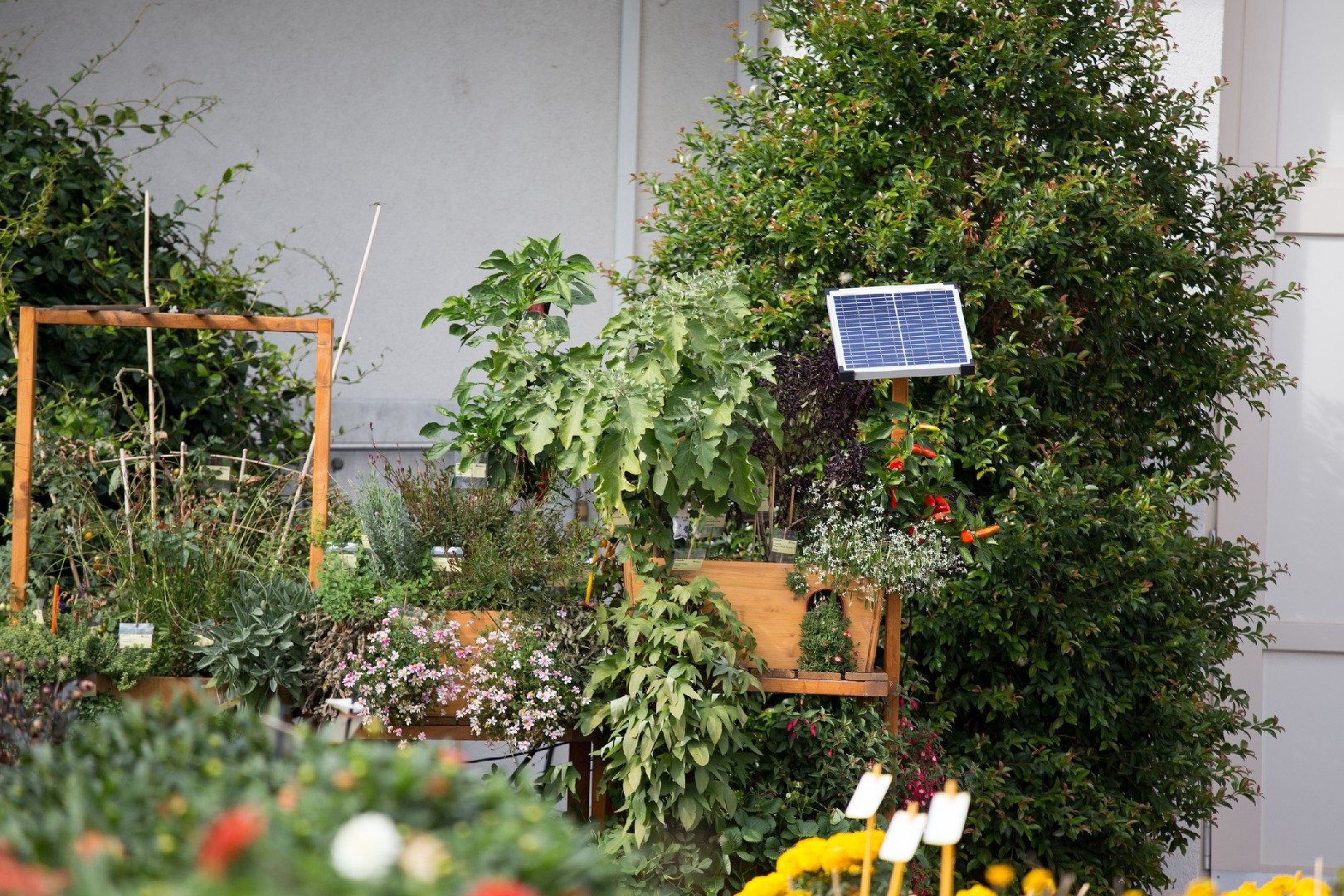![Rectangle]()
The Challenges of Urban Gardening and the Role of Tech
Urban gardening presents a unique set of challenges. Limited space, air pollution, and lack of quality soil are just a few factors that can hinder successful gardening in the urban environment. However, with the rise of compact garden technology, these challenges are being overcome, revolutionizing urban greenspaces.
One of the main challenges of urban gardening is the limited space available. In cities, green spaces are often scarce and precious. Finding a suitable area for a traditional garden can be nearly impossible. This is where compact garden technology comes to the rescue. By utilizing innovative methods like vertical gardening, hydroponics, and urban farming, urban gardeners can maximize the use of limited space and grow a wide variety of plants, vegetables, and herbs. Vertical gardening, for example, allows plants to be grown vertically along walls or in specially designed structures, saving valuable ground space.
Another challenge of urban gardening is air pollution. The air in cities is often filled with harmful pollutants, which can negatively affect plant growth and health. However, with the help of compact garden technology, this obstacle can be overcome. Indoor gardening systems equipped with air purification filters can effectively remove pollutants from the air, creating a healthier environment for plants. Additionally, urban gardeners can use air quality monitoring devices to measure pollution levels and adjust their gardening techniques accordingly.
Lack of quality soil is yet another challenge faced by urban gardeners. Many cities have poor soil quality, contaminated by pollutants or simply lacking essential nutrients. However, compact garden technology offers solutions to this problem as well. Hydroponic systems, for instance, allow plants to grow without soil, using nutrient-rich water as a substitute. This enables urban gardeners to bypass the limitations of poor soil and grow healthy plants.
Technology plays a vital role in overcoming the challenges of urban gardening and transforming urban limitations into horticultural opportunities. By embracing compact garden technology, urban gardeners can create thriving green spaces in the heart of the city. The implementation of technology not only enhances the beauty of urban landscapes but also promotes sustainability, food security, and community engagement.
In conclusion, urban gardening presents unique challenges that can be overcome with the help of compact garden technology. Through innovative methods like vertical gardening, hydroponics, and urban farming, urban gardeners can maximize limited space, combat air pollution, and grow plants without relying on poor soil quality. By embracing technology, urban gardening is revolutionizing greenspaces, turning concrete jungles into vibrant, sustainable oases of greenery. So, whether you have a small balcony or a tiny backyard, don't let urban limitations stop you from enjoying the benefits of gardening. Embrace compact garden technology and create your own urban oasis today!





